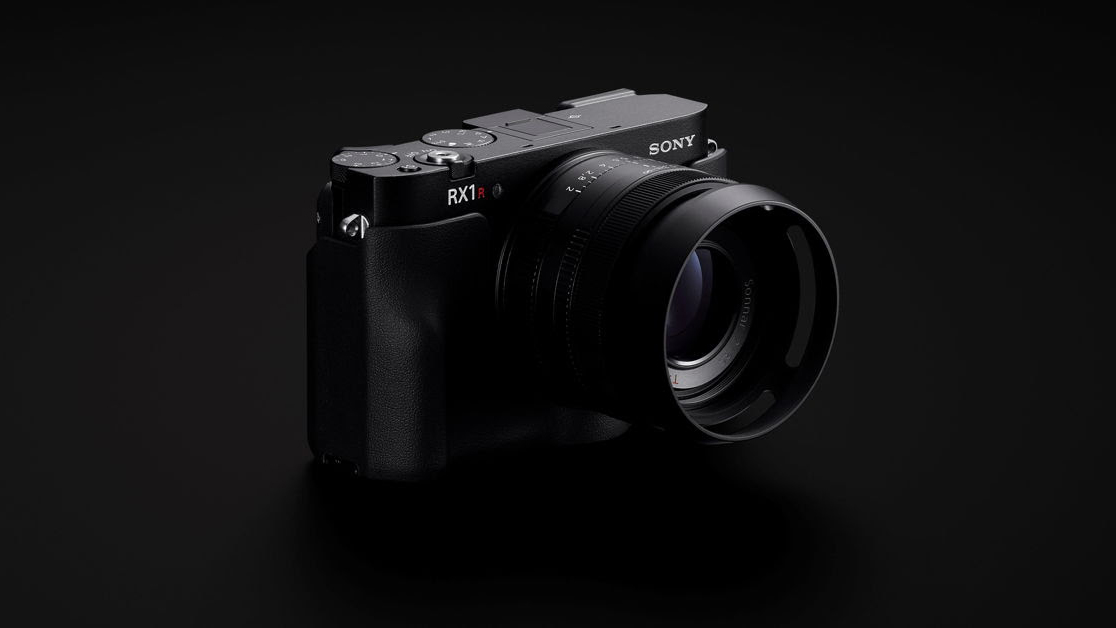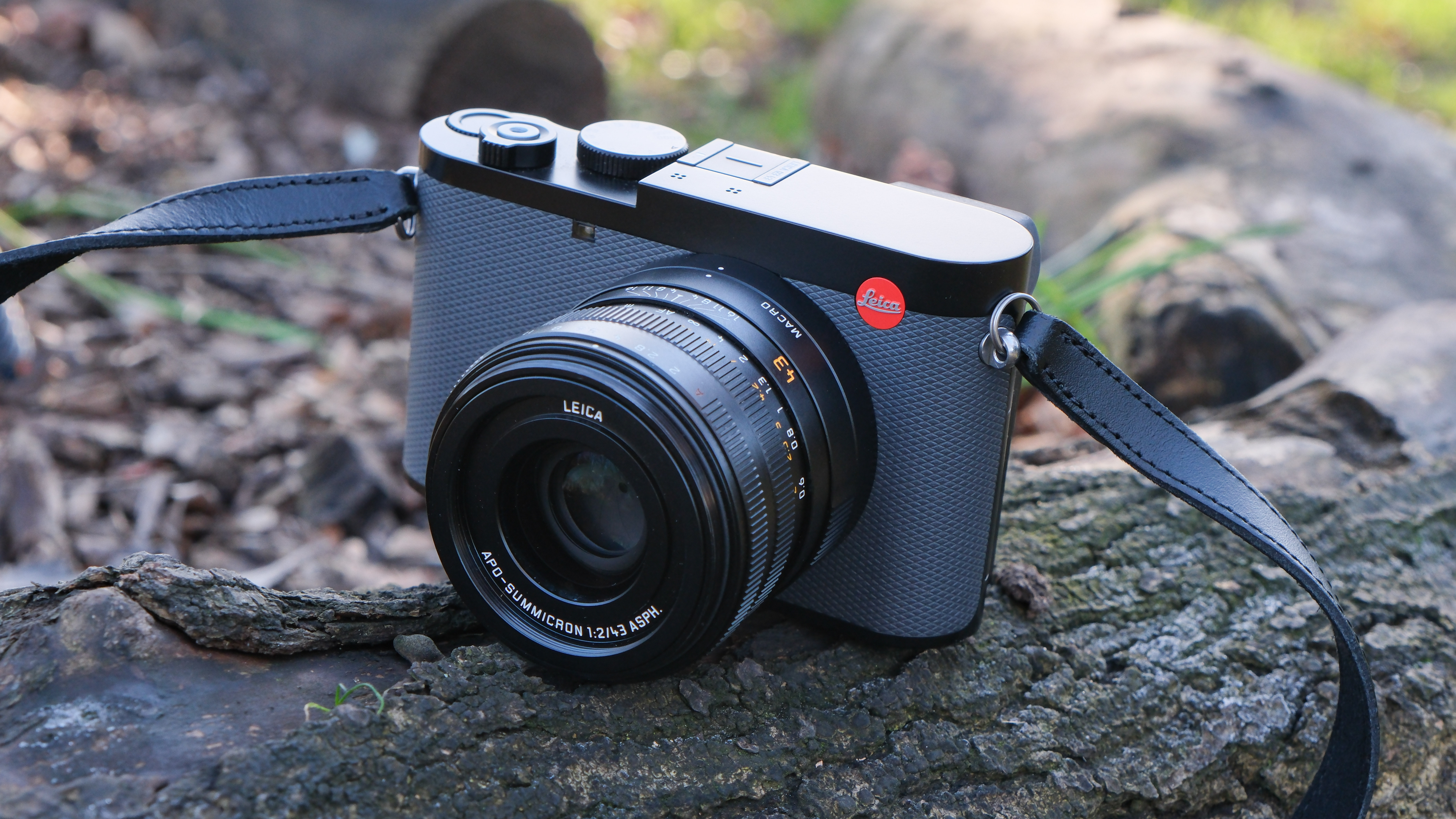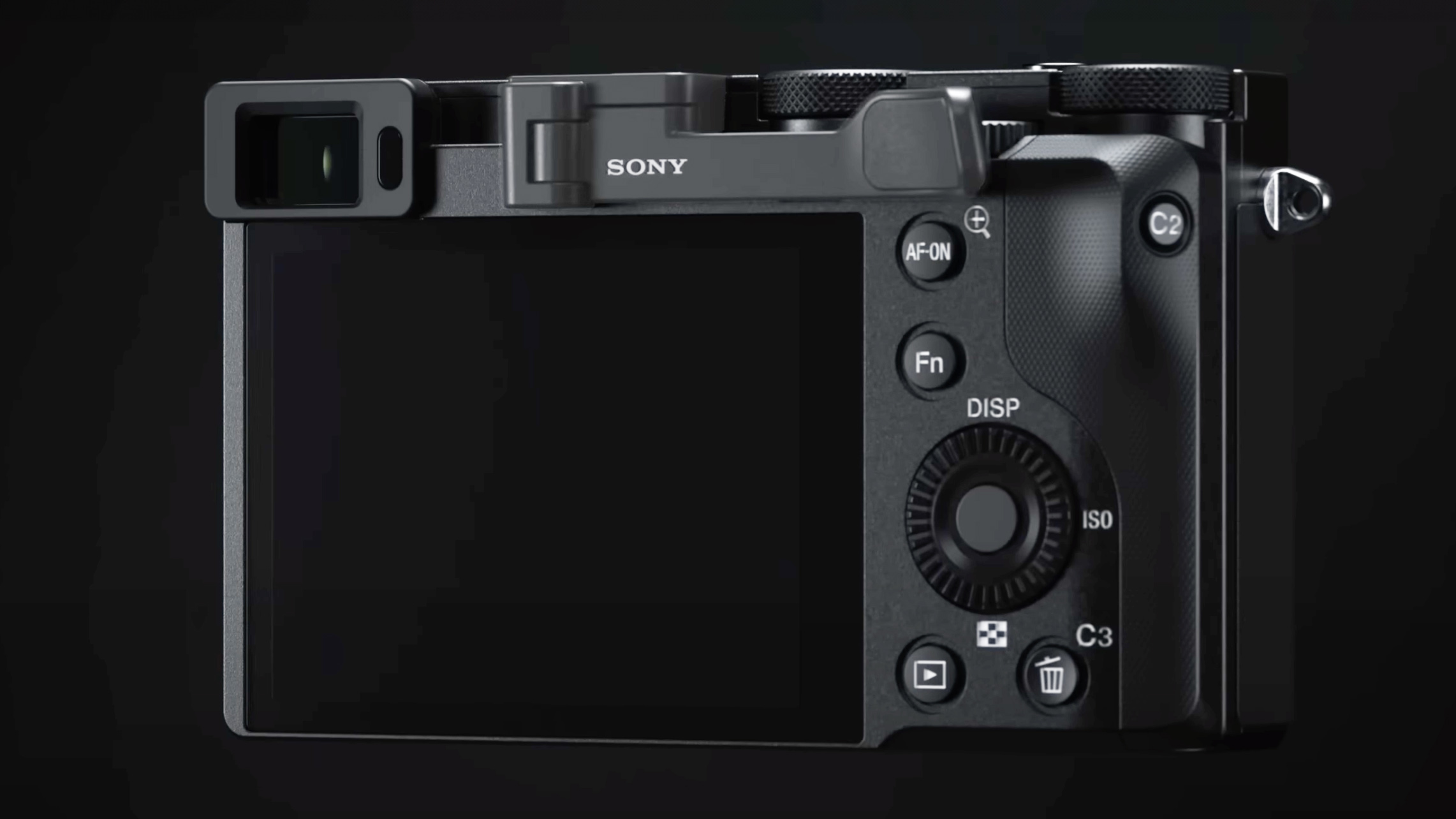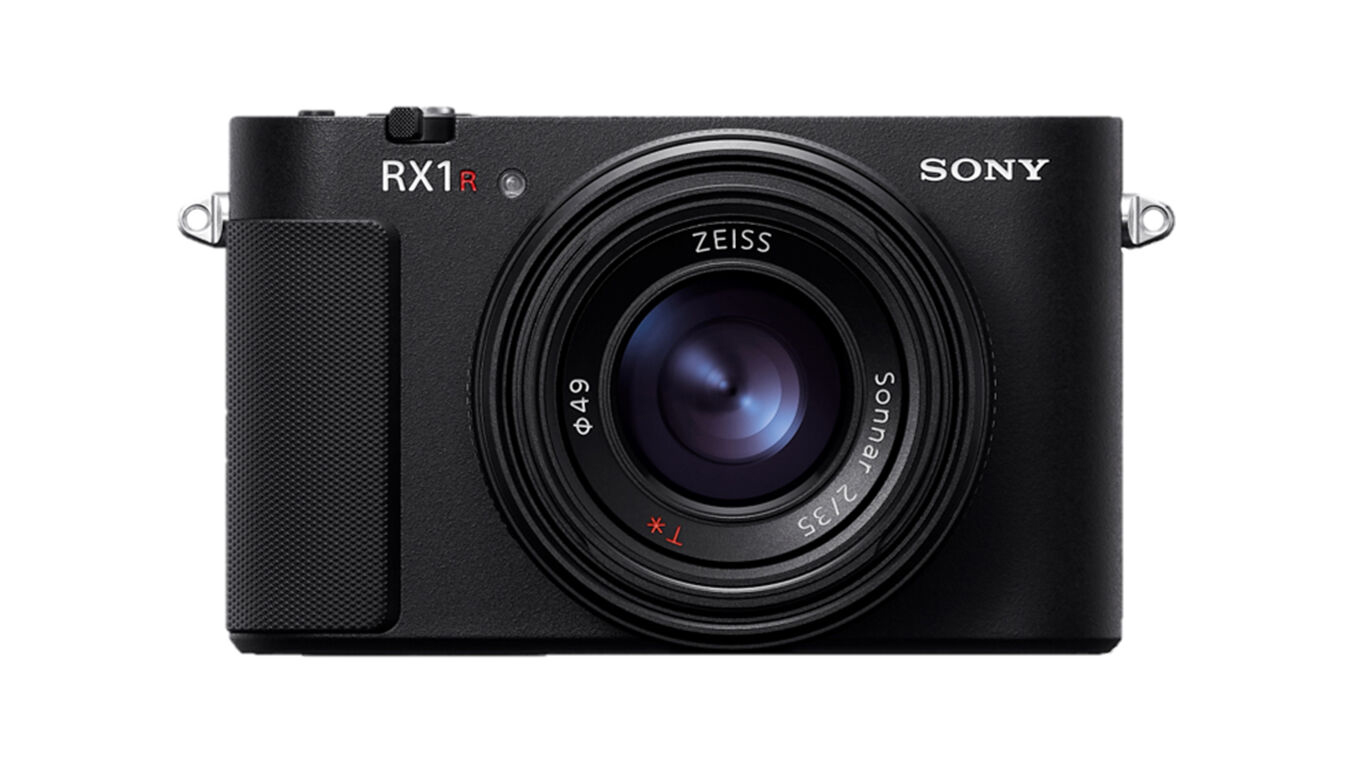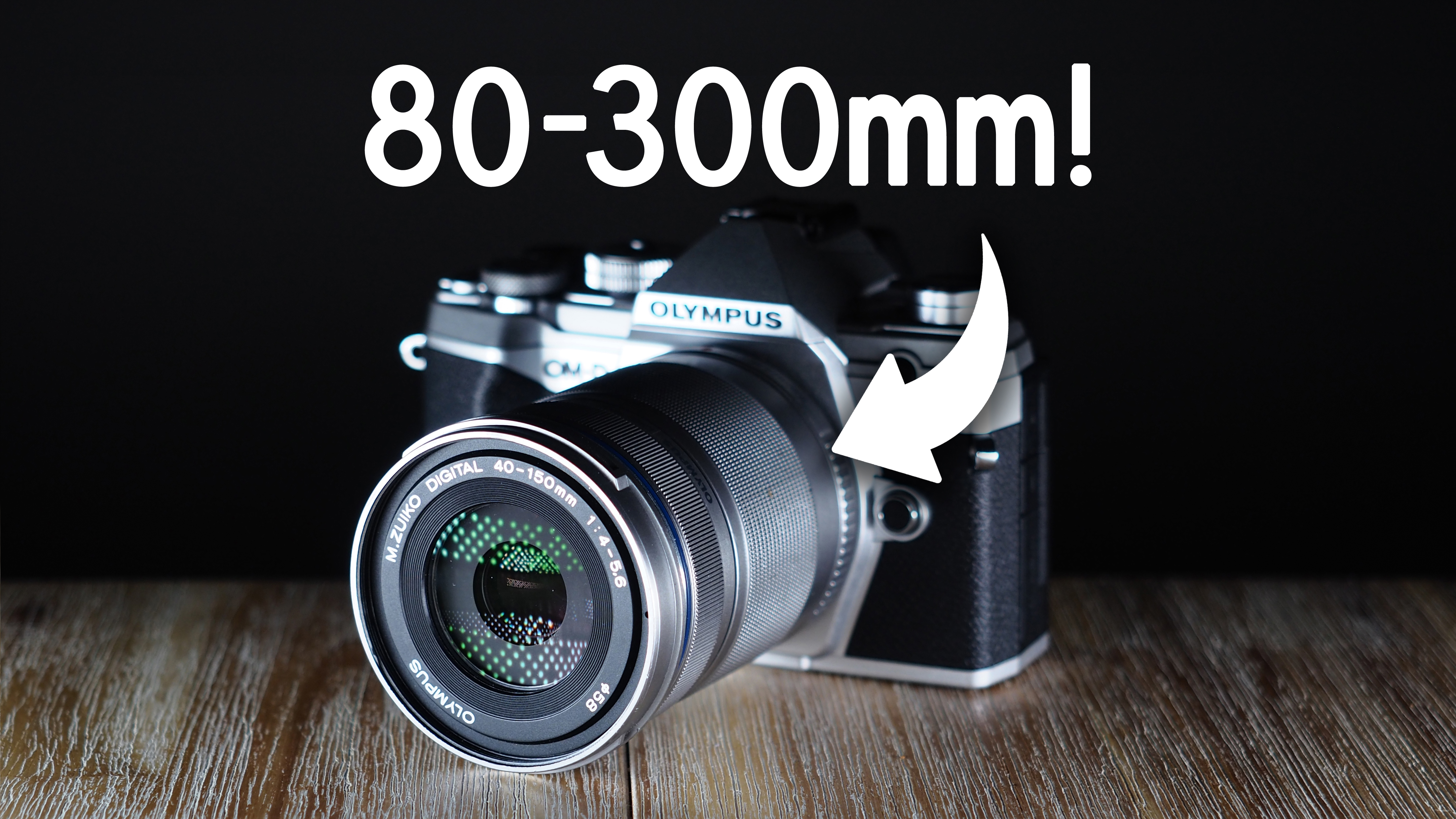The Sony RX1R III just made the Leica Q3 43 look overpriced
The RX1R III: Sony’s quiet assault on Leica’s compact throne

It’s hard to ignore just how far Sony has come in its pursuit of the perfect compact camera. With the arrival of the new Sony RX1R III, Sony isn’t just poking the red dot bear – it’s standing toe-to-toe with Leica’s revered Q series, specifically the Leica Q3 43, and asking a very awkward question: why pay more?
Here’s the reality: the RX1R III is significantly cheaper than the Leica Q3 43. A huge $2,282 / £1,700 cheaper. Yet on paper it offers a near-identical, and in some ways more modern, photographic experience.
Both cameras share a similar philosophy: a fixed f/2 lens, full-frame sensor, pocketable size and a target audience that cares deeply about image quality without the bulk of interchangeable lenses.
The Leica Q3 43 takes a bold step with its 43mm Summilux lens, a technical focal length that some photographers adore for its unique perspective. Sony, ever the pragmatist, sticks with the timeless 35mm Zeiss Sonnar – a focal length that feels natural for street, travel and daily life.
While Leica’s 43mm is a deliberate, arguably more soulful artistic choice, Sony’s 35mm feels like an old friend you always trust to deliver.
Where Sony starts to really flex its muscles is under the hood. The RX1R III borrows the stunning 61MP sensor from the Sony A7R V, paired with the latest Bionz XR processor – the same power combo found in Sony’s high-end mirrorless flagships.
This means crisp resolution, a wide 15-stop dynamic range, superb low-light sensitivity and seriously clever autofocus driven by AI.
The best camera deals, reviews, product advice, and unmissable photography news, direct to your inbox!
Human, animal, bird, insect – the RX1R III recognizes and tracks them all. It even has train and airplane tracking, if that’s your thing.
And then there’s the magic sauce: Sony’s new ‘Creative Looks’ - a feature that feels lifted straight from Fujifilm’s playbook.
You get 12 film-inspired presets out of the box, including a few nostalgic options like FL and FL2 (classic and slightly faded film), a slide-inspired FL3, and an IN setting that channels the saturated, imperfect joys of instant photography.
For a brand often accused of being too clinical, this addition injects some much-needed soul into Sony’s output – but is it really soul if you're forcing it into a product? What it definitely is, though, is a clever move. One that tries to make the RX1R III feel less like a spec sheet and more like a photographic companion.
That’s not to say the Sony RX1R III eclipses the Leica experience. It doesn’t. The Q3 43 still has that intangible charm that only Leica can offer – the haptic design, the minimalist controls, the whisper-quiet shutter and the sense of holding a piece of photographic history.
The Leica experience is one of feeling as much as function, and for many photographers, that matters more than megapixels. The Q3 43’s unique 43mm lens and understated elegance deliver a kind of romanticism that I don't think the RX1R III, for all its tech brilliance, can replicate.
But here’s the bottom line that can't be ignored: Sony has launched a full-frame compact camera that matches – and in some respects exceeds – what Leica offers, at a dramatically lower price point.
For photographers who prioritize features over feeling, and image quality over iconography, the Sony RX1R III might just be the smarter choice.
It's a compact camera that refuses to compromise and, in doing so, has suddenly made the luxury fixed-lens market a lot more competitive.
Preorder Sony RX1R III
you may also like…
Check out our full Leica Q3 43 review – and take a look at our Leica Q3 review to see how its sibling stacks up. If you're wondering how the older camera fares, read our Sony RX1R II review – and more importantly, see the buyer's remorse Dan Mold felt when he bought one earlier this year!
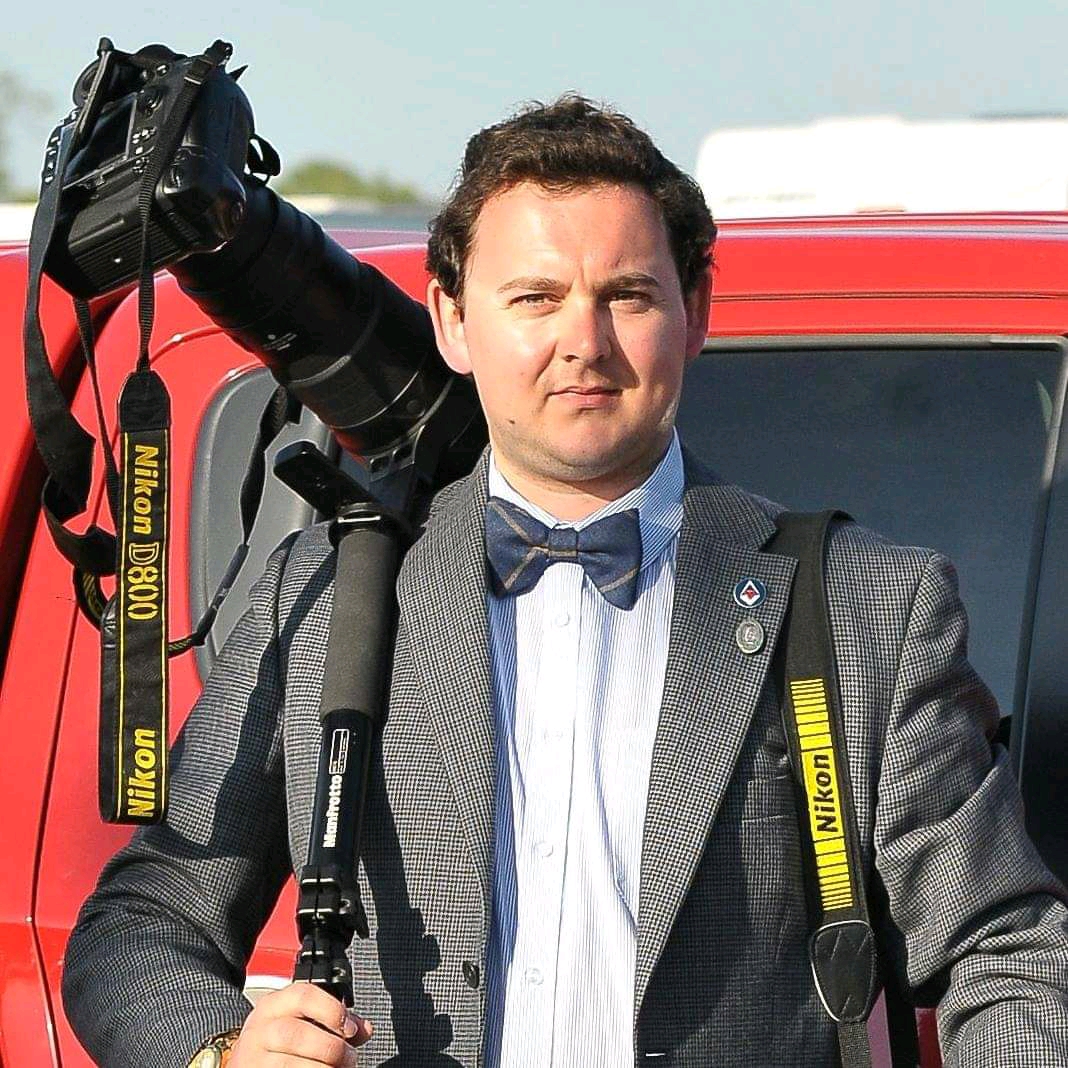
For nearly two decades Sebastian's work has been published internationally. Originally specializing in Equestrianism, his visuals have been used by the leading names in the equestrian industry such as The Fédération Equestre Internationale (FEI), The Jockey Club, Horse & Hound, and many more for various advertising campaigns, books, and pre/post-event highlights.
He is a Fellow of the Royal Society of Arts, holds a Foundation Degree in Equitation Science, and holds a Master of Arts in Publishing. He is a member of Nikon NPS and has been a Nikon user since his film days using a Nikon F5. He saw the digital transition with Nikon's D series cameras and is still, to this day, the youngest member to be elected into BEWA, the British Equestrian Writers' Association.
He is familiar with and shows great interest in 35mm, medium, and large-format photography, using products by Leica, Phase One, Hasselblad, Alpa, and Sinar. Sebastian has also used many cinema cameras from Sony, RED, ARRI, and everything in between. He now spends his spare time using his trusted Leica M-E or Leica M2, shooting Street/Documentary photography as he sees it, usually in Black and White.
You must confirm your public display name before commenting
Please logout and then login again, you will then be prompted to enter your display name.
